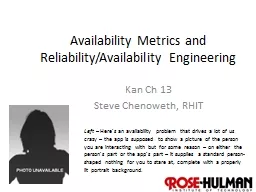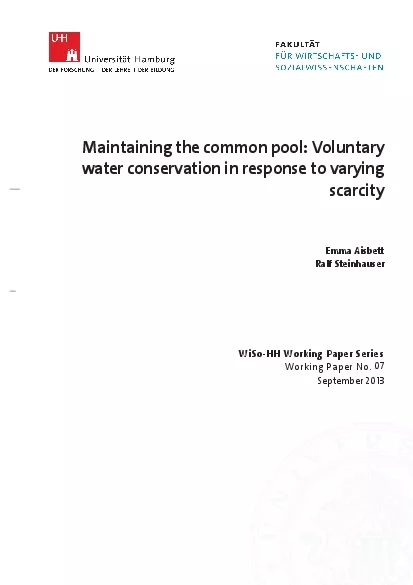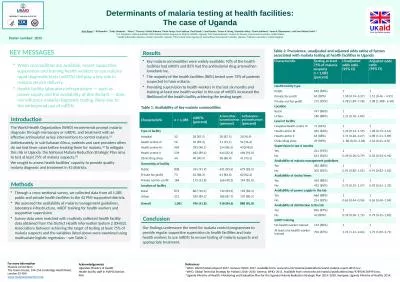PDF-National Centre for Research Methods Working Paper Availability and us
Author : lois-ondreau | Published Date : 2016-06-02
1 Rohini Mathur Emily Grundy Liam SmeethDepartment of Noncommunicable Disease Epidemiology London School of Hygiene and Tropical MedicineDepartment of Geography
Presentation Embed Code
Download Presentation
Download Presentation The PPT/PDF document "National Centre for Research Methods Wor..." is the property of its rightful owner. Permission is granted to download and print the materials on this website for personal, non-commercial use only, and to display it on your personal computer provided you do not modify the materials and that you retain all copyright notices contained in the materials. By downloading content from our website, you accept the terms of this agreement.
National Centre for Research Methods Working Paper Availability and us: Transcript
Download Rules Of Document
"National Centre for Research Methods Working Paper Availability and us"The content belongs to its owner. You may download and print it for personal use, without modification, and keep all copyright notices. By downloading, you agree to these terms.
Related Documents














